WE ARE DEEPLY GRATEFUL for all the people who touch our lives in extraordinary ways.
We are grateful for Barbara Moulton, our agent, who first suggested this book. She has been our guide and friend and has responded to our hopes and fears with patience and wisdom.
We are grateful for Jason Gardner, our editor, and Mimi Kusch, our copy editor, who worked with us to clearly communicate the power of the caregiving experience.
We are grateful for the community of wonderful people who practice Zen with us at the Still Point. They have shown us the true nature of compassionate awareness.
We are grateful for each other. Our life together has been a gift of priceless value.
[ ]
Our Journey
We began this book to express our gratitude for the wisdom and encouragement that the classic Chinese text the Tao Te Ching has brought to us over the past twenty years. Its author, Lao Tzu, though a legendary figure from 2,600 years ago, feels like a trusted elder uncle, watching us with compassion and acceptance as we have walked, skipped, and stumbled along the paths of our lives. His understanding of how the Tao expresses itself in every atom of the cosmos has helped us maintain our balance through all the seasons of our life together: our love for each other, our relationship with our children, and our acceptance of our own aging. In The Caregivers Tao Te Ching, we hope to craft some of Lao Tzus wisdom, especially for those who find themselves, willingly or not, in the role of caregiver.
Life does not unfold according to our wishes. It is not predictable. It does not follow a smooth and comfortable path. It offers beauty and love mixed with transience and loss, creating a marvelous melancholy a blend of pleasure and pain that brings intensity and mystery to existence. In the midst of such complexity, the ability to give care to one another is an essential part of a meaningful and compassionate life.
We started this book almost two years ago because we felt that our combined experience would allow us to offer support to those in professional or personal caregiving situations. Nancy had spent eleven years as a minister specializing in life transitions. She also had spent five years working for Enloe Hospice in Chico, California, training and supporting volunteers who gave practical, emotional, and spiritual support to hundreds of dying people and their families. She then started her own independent intensive training program, Zen Compassionate Care, which used a foundation of Zen awareness practice to develop caregiving skills. Bill brought thirty years of experience as a counselor, teacher, and Taoist scholar/author. We felt professionally competent and ready to write the book. Now, as we finish the book two years later, we have a new and far more personal perspective.
About a year ago we moved into an apartment near Nancys ninety-year-old mother, Betty Ann. Betty Ann was slowing down but cherished her independent life in her sunny second-floor apartment and wanted to remain there. We moved into the same complex so that we could check in on her as part of our daily rhythm.
In late summer 2009, Betty Anns congestive heart failure began to usher her from one stage of letting go to the next, and Nancys caregiving moved from the professional and theoretical to the personal and intense. In September Betty Ann could no longer safely live alone, so Nancy began sleeping in a twin bed beside her, helping her remain oriented during wakeful periods at night.
Betty Ann continued to let go of walking on her own, of sitting up, finally of eating. With the support of a wonderful hospice team, Nancy maintained her position as director of the Still Point Zen Center yet spent most of her time at her mothers side, watching and helping as she could. On December 11, after a wakeful night trying to help Betty Ann find a comfortable position for breathing, Nancy sat by her bed for her morning meditation. Nancy could see a large, bare tree just outside the window. As she began to meditate, a hawk came to rest on a limb of the tree, looking in the window. As Nancy let her breath settle and become slow and regular she noticed that Betty Anns breath had settled into the same rhythm. Throughout the thirty-minute meditation they breathed at the same gentle pace, and the hawk remained motionless in the tree. At the close of meditation, Nancy stood, bowed to her mother, and turned and bowed to the hawk. The hawk flew away, and Betty Ann let go of her last breath. It felt like she had joined him in flight
It would have been easier to write this book from a detached position, giving advice from safe ground. But the everchanging energy of the Tao took a different expression. The final touches of the book have had to emerge as Nancy grieved her mothers death and settled her affairs. The emotions are still tender. The fatigue is still heavy.
It is our deepest hope that the ancient wisdom of Lao Tzu, which pours through the Tao, will join with our present-day direct experience of tenderness and loss to express the true nature of giving and receiving care. At the core of our being lies an ancient, innate wisdom. This is the source and power of compassionate care. It allows each of us to live out this task in our own unique way.
Your caregiving journey may be similar to ours, or it may be quite different. You may be helping a loved one through recovery from an illness or surgery. You may be caring for someone with a long-term disability. You may be called to give care in one or more of hundreds of different ways. Whatever your situation, you will benefit from the support of Lao Tzus wisdom and from an awareness of your own deep connection with the essence of life that he called the Tao.

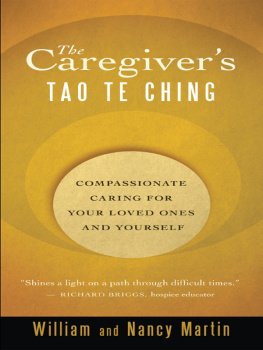


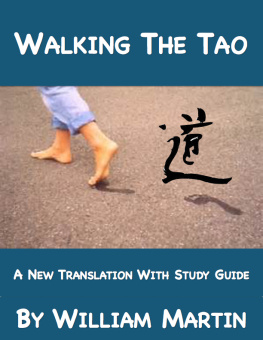

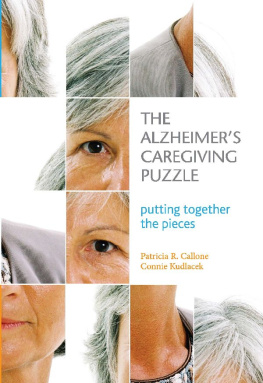
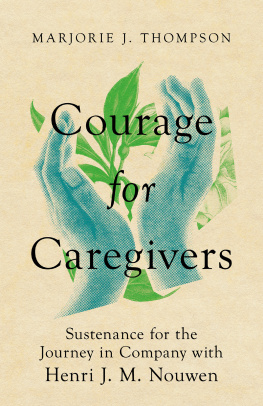
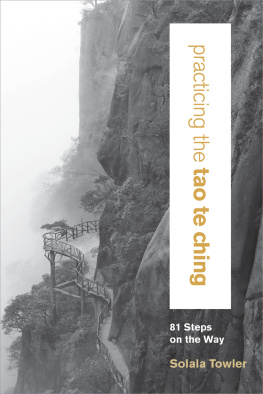
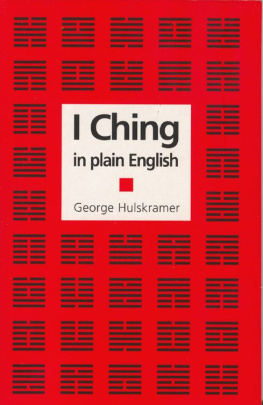
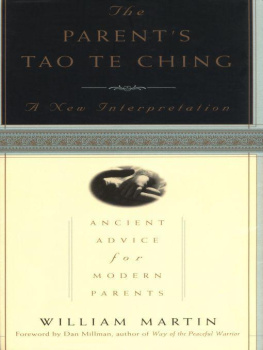
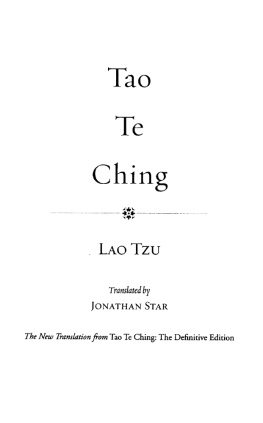


 New World Library is a proud member of the Green Press Initiative.
New World Library is a proud member of the Green Press Initiative.